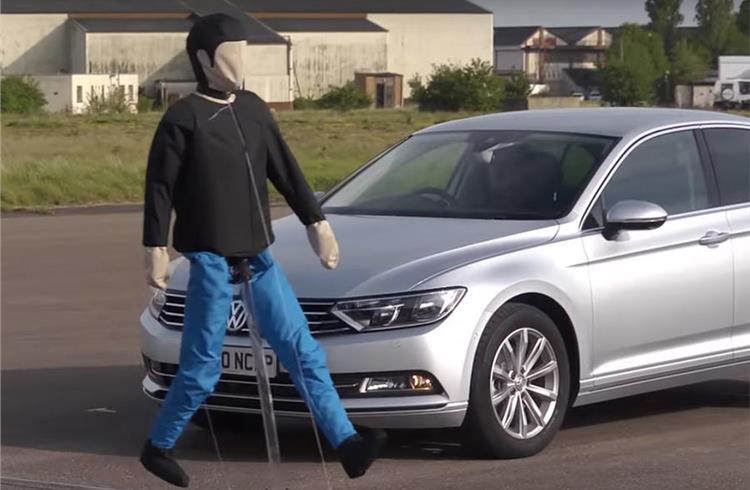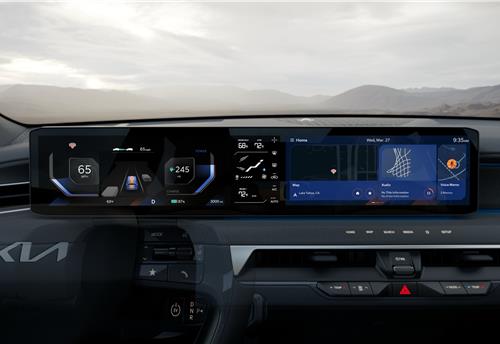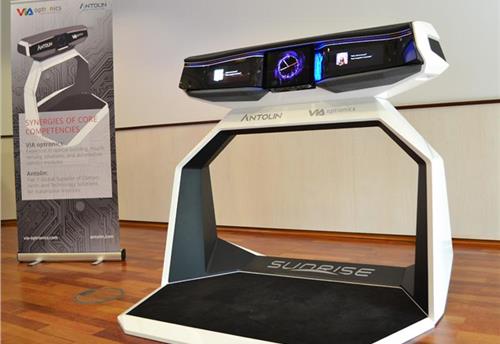European Commission targets new mandatory safety equipment
Report outlines 19 new measures that could become compulsory on all new cars to reduce the number of road fatalities to fewer than 15,000 per year by 2020.
The European Commission has targeted 19 technologies it wishes to be mandatory on new cars, in order to reduce the number of road fatalities to fewer than 15,000 per year by 2020.
Autonomous emergency braking and lane departure warning systems are at the top of the Commission’s mandatory wish list, as it aims to move the car safety priority from mitigating the outcome of a crash to endeavouring to avoid it altogether. Lane keep assist and automatic emergency braking systems are already mandatory on buses and HGVs under European law. A slew of safety measures are also targeted for these.
The number of fatalities recorded on European roads was 26,120 in 2015, having decreased from 35,360 in 2009 and 76,650 in 1990. Despite the large overall decrease, the numbers are falling more slowly as time passes, leading the commission to become more active in its pursuit of mandatory safety features.
The increased demand for SUVs is addressed in the report, which states that safety measures need to be looked at given ‘the proliferation of SUVs with higher centres of gravity, higher masses and aggressive front-end design’.
Also proposed by the Commission is the introduction of brake lights which flash when the car is performing an emergency braking manoeuvre, as well as seat belt reminders and tyre pressure monitoring among the list of passive safety measures.
The Commission aims to have intelligent speed adaption, lane keep assistance and driver drowsiness and distraction monitoring mandatory within the next five years too, among the active safety measures it has planned. It's the first time autonomous systems have been considered for mandatory fit, and to many will represent the first legislative step on the path to autonomy.
Vulnerable road users, such as children and the elderly, as well as more commonly injured users like cyclists, are to be given special consideration under the new safety measures, with the latter already under action in London, as the city moves to ban ‘Blind spot lorries’.
RELATED ARTICLES
Marelli Talbros Chassis Systems wins Rs 1,000 crore business from European OEM
The order, to be executed over an eight-year period, is for the supply suspension arms tailored for both conventional in...
Kia launches customised NBA display themes for North American market
Display Themes is a customised service that supports a personalised vehicle experience, allowing users to customise the ...
Antolin and VIA Optronics unveil versatile vehicle cockpit concept
The Sunrise vehicle concept cockpit, which is engineered for seamless transitions between manual and autonomous driving ...





 22 Dec 2016
22 Dec 2016
 3709 Views
3709 Views





 Autocar Pro News Desk
Autocar Pro News Desk




